
India and Bangkok, Thailand, Summer 2000
Bodh Gaya, The Holy City by the Ganges, Dharamsala in the Himalayas, and
Bangkok
Page 2 of 2
|
India Relieved and overjoyed to be safe from the Burmese military, we explored the city of Calcutta for several days. We found the city to be far more charming than we had anticipated, visions of Mother Theresa’s lepers and horrible famine etched in our minds. Some residents told us that Calcutta had improved greatly in the last four or five years. Calcutta has a lot to offer in the way of interesting architecture, parks, museums, and even a clean subway that puts many large metropolitan subways to shame – and the fare is only three rupees (about six cents)!! |
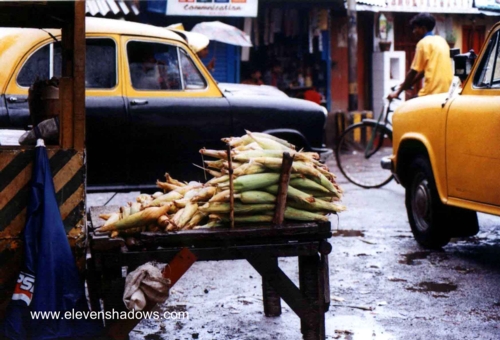 Calcutta, India. Ambassadors are modeled after 1950s American
cars. Calcutta, India. Ambassadors are modeled after 1950s American
cars. |
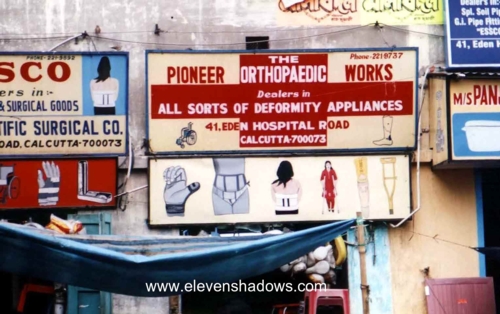 Calcutta,
India. Calcutta,
India. |
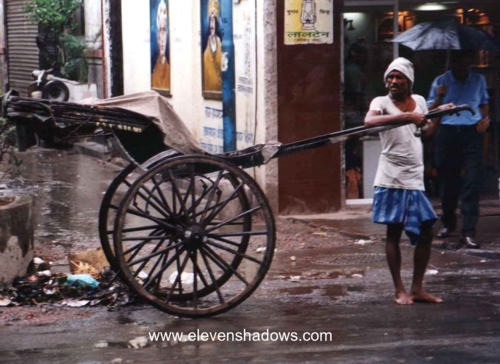 Calcutta is one of the last cities in the world that still has
human-drawn rickshaws (Hong Kong is another). They operate only in small parts of central
Calcutta. Due to the narrow roads and yearly monsoon flooding that Calcutta experiences, a
human-drawn rickshaw can sometimes be the only way to get somewhere. Calcutta is one of the last cities in the world that still has
human-drawn rickshaws (Hong Kong is another). They operate only in small parts of central
Calcutta. Due to the narrow roads and yearly monsoon flooding that Calcutta experiences, a
human-drawn rickshaw can sometimes be the only way to get somewhere. |
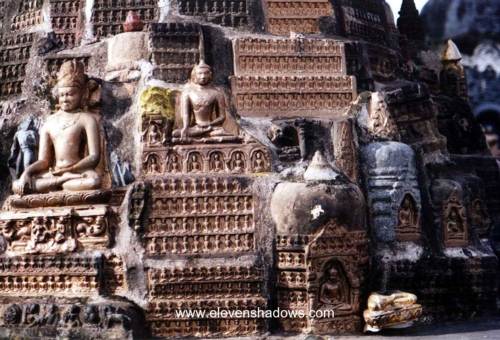 Buddha images at Mahabodhi Temple, Bodh Gaya. A
descendant from the original bodhi tree under which Buddha attained Enlightenment stands
next to the Mahabodhi Temple, and is a place of pilgrimage for Buddhists everywhere. Buddha images at Mahabodhi Temple, Bodh Gaya. A
descendant from the original bodhi tree under which Buddha attained Enlightenment stands
next to the Mahabodhi Temple, and is a place of pilgrimage for Buddhists everywhere.
|
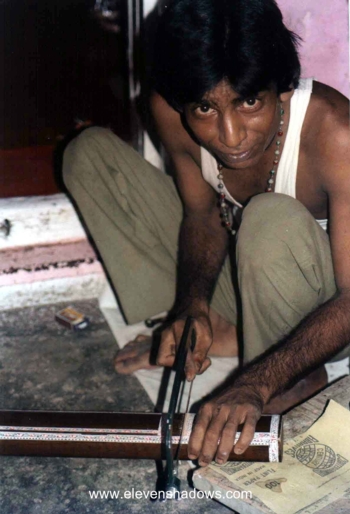 The holy city of Varanasi (Benares), located on
the banks of the Ganges, is a center for musical instruments and classical music schools.
Sitar, sarod, and tabla playing can often be heard drifting from the stone buildings of
the old city during the day. Benares Hindu University was built in 1917 as a center for
education in Indian art, music, culture, and philosophy, as well as for studying Sanskrit. The holy city of Varanasi (Benares), located on
the banks of the Ganges, is a center for musical instruments and classical music schools.
Sitar, sarod, and tabla playing can often be heard drifting from the stone buildings of
the old city during the day. Benares Hindu University was built in 1917 as a center for
education in Indian art, music, culture, and philosophy, as well as for studying Sanskrit. |
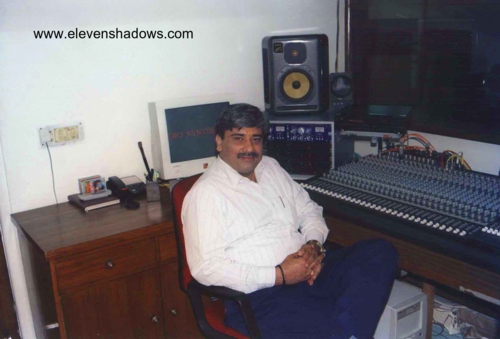 Traveling to New Delhi by train from Varanasi, we visited friends, both old and new.
I was asked by musicplayer.com, a web site of EQ Magazine, Bass Player, and others,
to put together a Virtual Slide Show on their web site, exploring the music scene of
India. Excited about the possibilities, I thought it would be particularly
interesting to feature a recording studio in India. Finding one was simple -- I just
performed a search on Yahoo, came up with a New Delhi recording studio, Studio Synthesis,
and contacted the owner, Lokesh. I found him, his assistant Manoj, and his staff to
be incredibly friendly and quite knowledgeable about the recording process. Traveling to New Delhi by train from Varanasi, we visited friends, both old and new.
I was asked by musicplayer.com, a web site of EQ Magazine, Bass Player, and others,
to put together a Virtual Slide Show on their web site, exploring the music scene of
India. Excited about the possibilities, I thought it would be particularly
interesting to feature a recording studio in India. Finding one was simple -- I just
performed a search on Yahoo, came up with a New Delhi recording studio, Studio Synthesis,
and contacted the owner, Lokesh. I found him, his assistant Manoj, and his staff to
be incredibly friendly and quite knowledgeable about the recording process.Studio Synthesis has recorded classical greats such as Pandit Ravi Shankar and Ustad Amjad Ali Khan, as well as current pop divas, using Neumann M149s, U-87s and other mics. Although removed from the film industry hub of Bombay, they’ve still done audio post-production for films such as the celebrated "Bandit Queen" and dubbing for "Kama Sutra". However, their distance from Bombay prevents the staff from attending the monthly AES meetings there. Recording studio engineers in India face many challenges. Support, service, and maintenance are hard to come by, and it’s often easier to purchase a new DAT recorder than to repair it. Alesis ADAT has become the most popular format, although Tascam is quickly gaining. Frequent power shortages (euphemistically referred to as "load shedding") make it necessary to have uninterrupted power supplies. While talking, their back-up power supply (assembled in India with components from Holland) kicked in once. |
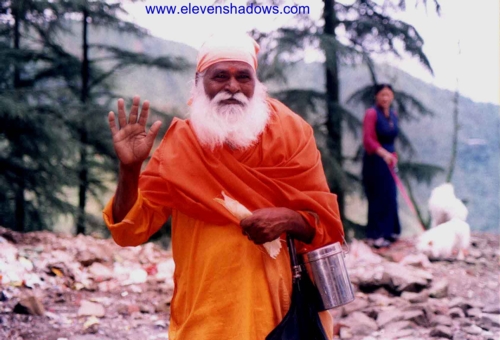 Dharamsala, India. A former British
hill station, Dharamsala is now the location of the Tibetan government-in-exile and the
home of the Dalai Lama. An interesting mixture of people -- Tibetans, Hindus, and
foreigners mingle easily among the majesty of the Himalayas. Dharamsala, India. A former British
hill station, Dharamsala is now the location of the Tibetan government-in-exile and the
home of the Dalai Lama. An interesting mixture of people -- Tibetans, Hindus, and
foreigners mingle easily among the majesty of the Himalayas. |
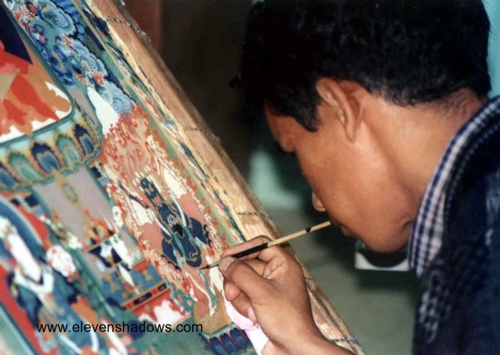 Phoonchin Tsering painting a beautiful thangka
(religious painting) in the Tibetan Medical and Astrological Center in Dharamsala. This
work is to be a gift for the Dalai Lama when he visits the Astrological Center in December
2000. We walked down to the Center and the Tibetan government-in-exile compound in a
ridiculous downpour that soon soaked my socks all the way inside to my boots. We could not
have been wetter if we had fallen in a lake. Phoonchin Tsering painting a beautiful thangka
(religious painting) in the Tibetan Medical and Astrological Center in Dharamsala. This
work is to be a gift for the Dalai Lama when he visits the Astrological Center in December
2000. We walked down to the Center and the Tibetan government-in-exile compound in a
ridiculous downpour that soon soaked my socks all the way inside to my boots. We could not
have been wetter if we had fallen in a lake. |
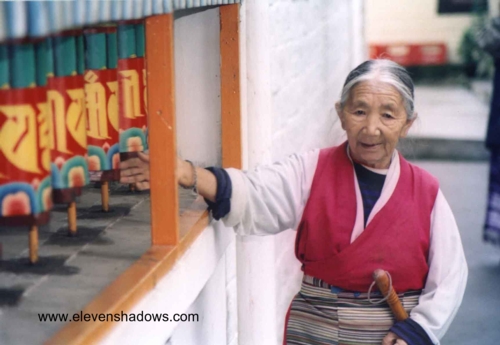 Epie Poujob at the Dip Tse Chok Ling Monastery in McLeod Ganj. Each spin of a prayer
wheel sends a prayer up to heaven. Epie Poujob at the Dip Tse Chok Ling Monastery in McLeod Ganj. Each spin of a prayer
wheel sends a prayer up to heaven. |
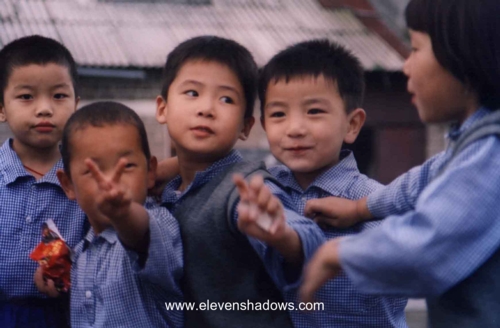 About 2,000 children reside at Tibetan
Children’s Village. Many are orphans, and many have been sent to TCV by their
parents, who still live in Tibet under the oppressive Chinese rule. TCV is a large
sprawling complex of schools and residences about a 45-minute walk outside McLeod Ganj. About 2,000 children reside at Tibetan
Children’s Village. Many are orphans, and many have been sent to TCV by their
parents, who still live in Tibet under the oppressive Chinese rule. TCV is a large
sprawling complex of schools and residences about a 45-minute walk outside McLeod Ganj.
|
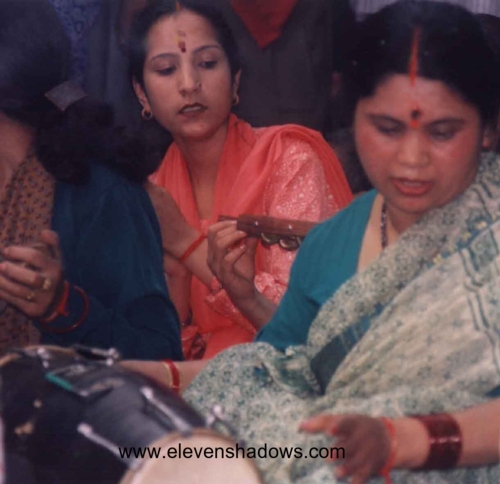 Hindu celebrations are often accompanied by fire, smoke, drums, bells,
tambourines, singing, and lots of food, like this one celebrating the end of a fast. These
pujas can be quite noisy and festive, often lasting for hours. Lisa and I were invited to
join this particular puja, made up of primarily Nepalese and Indian Hindus from a small
village near Dharamsala. Hindu celebrations are often accompanied by fire, smoke, drums, bells,
tambourines, singing, and lots of food, like this one celebrating the end of a fast. These
pujas can be quite noisy and festive, often lasting for hours. Lisa and I were invited to
join this particular puja, made up of primarily Nepalese and Indian Hindus from a small
village near Dharamsala. |
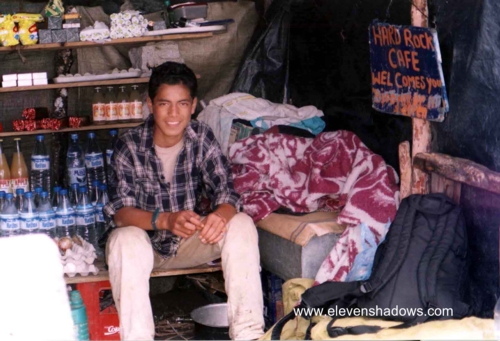 The Hard Rock Café Triund. We enjoyed a
beautiful hike through the Himalayas until about 30 minutes before the 10,000-ft. summit
at Triund, when the skies dumped their monsoon rains on us. Although the downpour and fog
reduced visibility to near zero, we made our way to Triund Rest House, one of about four
buildings that comprise the village of Triund, only to find it closed. The Hard Rock Café Triund. We enjoyed a
beautiful hike through the Himalayas until about 30 minutes before the 10,000-ft. summit
at Triund, when the skies dumped their monsoon rains on us. Although the downpour and fog
reduced visibility to near zero, we made our way to Triund Rest House, one of about four
buildings that comprise the village of Triund, only to find it closed.
As we huddled beneath the eaves, cold and soaking, Jeeteivdar Kumar appeared, seemingly out of nowhere, and spoke five beautiful words: "Do you want hot chai?" He led us further up the summit to the Hard Rock Café Triund, a crude ramshackle structure of logs, corrugated metal, and blue tarp, and we enjoyed some hot chai, just as promised. Jeeteivdar lives in a cave nearby, walking down to Bhagsu two or three times a week to haul up cookies, Coke, bottled water, Ramen noodles, and other delicacies for the Hard Rock Café Triund. If only he sold t-shirts.
|
|
Bangkok, Thailand After taking a train down to New Delhi, which was besieged by monsoon rains, we flew to Bangkok. Other travelers didn't seem to care for Bangkok very much. However, in the two days that we were there, we found the city to be quite interesting, if rather sprawling, and found the Thai people to be incredibly friendly. They often showed great delight at my attempts to speak Thai. |
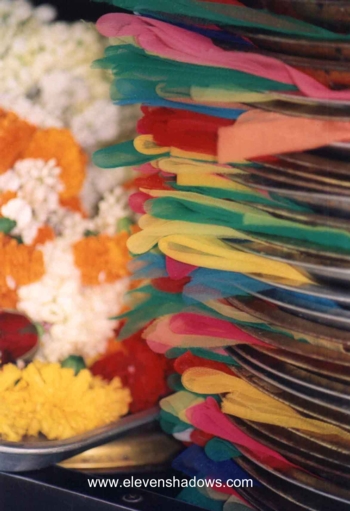 Colorful scarves and flowers for offering at Lak
Meuang (City Pillar), a shrine to Bangkok’s city spirit. Traditionally, every city in
Thailand must have a foundation stone that embodies the city spirit (phii meuang). This is
Bangkok’s most important site of animistic worship, and throngs of people arrive
daily to offer flowers, incense, fruit, and cooked food. Colorful scarves and flowers for offering at Lak
Meuang (City Pillar), a shrine to Bangkok’s city spirit. Traditionally, every city in
Thailand must have a foundation stone that embodies the city spirit (phii meuang). This is
Bangkok’s most important site of animistic worship, and throngs of people arrive
daily to offer flowers, incense, fruit, and cooked food. |
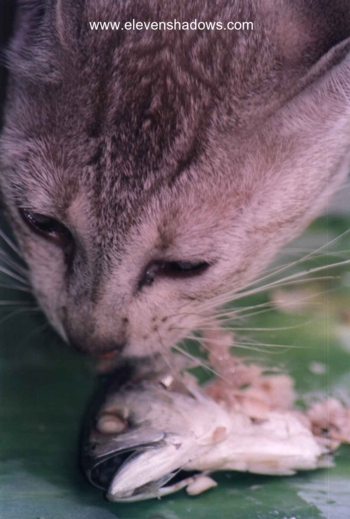 Whether human or feline, It is impossible to eat
poorly in Bangkok. From upscale restaurants to sidewalk vendors, all the food we tasted
was incredibly delicious. Whether human or feline, It is impossible to eat
poorly in Bangkok. From upscale restaurants to sidewalk vendors, all the food we tasted
was incredibly delicious. |
India and Bangkok, Thailand 2000
Page 2 of 2
Burma Home Page
Eleven Shadows Travel Page
Contact photographer/musician Ken Lee